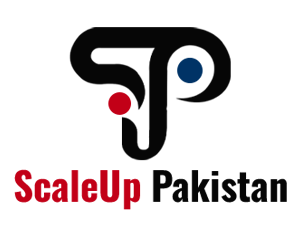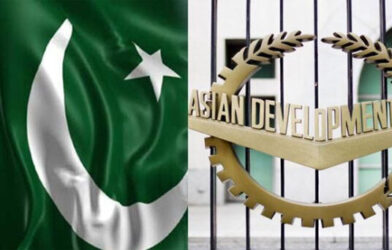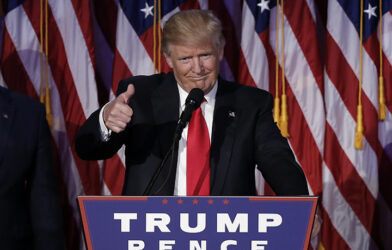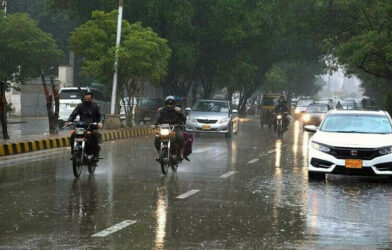Introduction
Lahore, Pakistan’s cultural and economic heart, is one step closer to revolutionizing its public transport network. The Punjab government has launched the feasibility and design phase for the 27-kilometer Blue Line Metro Train, a landmark project connecting Valencia Town to Babu Sabu Chowk. This initiative promises to transform urban mobility, ease chronic traffic congestion, and set a new standard for sustainable transit in Pakistan’s second-largest city.
Project Overview: Key Details
- Route & Scope:
- Stretch: Valencia Town → Gulberg → Main Boulevard → Data Darbar → Babu Sabu Chowk.
- Key Stations: 22 proposed stations, including hubs near Liberty Market, Lahore Railway Station, and historic sites.
- Design: Likely a mix of elevated and underground sections to navigate dense urban areas.
- Feasibility Focus:
- Traffic Analysis: Assessing peak-hour passenger demand and integration with existing Orange Line and bus networks.
- Engineering Challenges: Navigating Lahore’s congested arteries and heritage zones (e.g., Data Darbar).
- Cost Estimates: Preliminary projections suggest a $1.2–1.5 billion investment, with potential ADB/World Bank funding.
Why This Matters for Lahore
- Traffic Relief:
- Lahore’s traffic costs the economy $4 billion annually in lost productivity (LDA Report 2023).
- The Blue Line could reduce vehicle dependency by 20% along its corridor, easing gridlock at chokeholds like Ferozepur Road and Mall Road.
- Environmental Impact:
- Expected to cut CO2 emissions by 35,000 tons/year by shifting commuters to electric-powered metro trains.
- Economic Boost:
- Job Creation: 15,000+ jobs during construction; 2,000+ permanent roles in operations.
- Property Value Surge: Areas near stations (e.g., Gulberg) could see real estate appreciation by 25–30%.
Public & Expert Reactions
- Government: Punjab Transport Minister Khurram Virk called it “a game-changer for Lahore’s future.”
- Urban Planners: Praise the focus on multi-modal integration but urge caution on heritage site disruptions.
- Residents: Mixed responses—commuters welcome relief, while shopowners near proposed stations fear construction delays.

Challenges Ahead
- Funding Gaps: Securing international loans amid Pakistan’s economic crunch.
- Land Acquisition: Potential disputes over property in high-density zones like Anarkali Bazaar.
- Timeline Risks: Similar projects (e.g., Orange Line) faced 2–3 year delays due to litigation and funding hiccups.
The Roadmap: What’s Next?
- Feasibility Completion: Expected by Q4 2024, followed by detailed design in 2025.
- Tender Process: Global bids for construction to open in mid-2025.
- Projected Launch: If all phases align, operations could begin by 2030.
Global Inspiration, Local Vision
The Blue Line draws lessons from:
- Delhi Metro: Seamless multi-line integration and public-private financing.
- Istanbul’s Marmaray: Balancing modern transit with historic preservation.
Conclusion: A Metro for the Future
The Blue Line Metro isn’t just about trains—it’s about reimagining Lahore as a city where mobility drives progress. While hurdles like funding and heritage conservation loom, the project signals Punjab’s commitment to inclusive, green urban growth. For Lahoris, it’s a promise: the road to a smarter, less congested city starts here.




